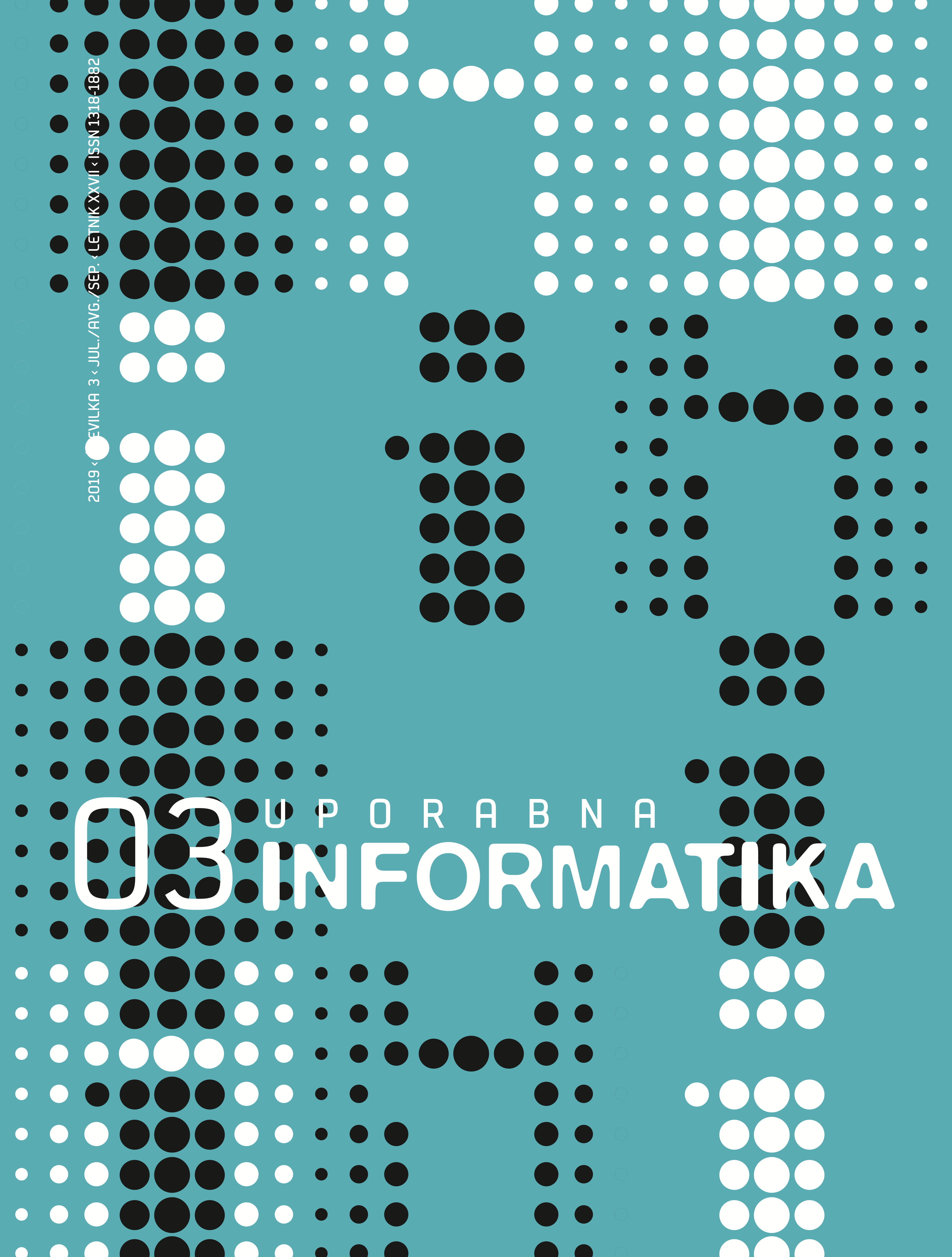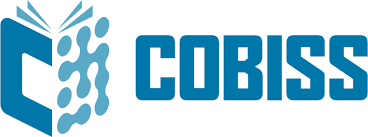Comparison of deep segmentation methods for water surface obstacle detection
DOI:
https://doi.org/10.31449/upinf.64Keywords:
benchmark, deep learning, marine environment, obstacle detection, semantic segmentationAbstract
The development of deep segmentation methods for water surface obstacle detection lags far behind the development to the related domain of autonomous ground vehicles (AGVs). The main reasons is that much fewer curated training datasets exist and that methods developed for the AGVs rely on domain-specific assumptions and cannot be readily applied to the marine environment. It is currently unclear which architectures are the most appropriate for marine environments. To address this, we have selected three common state-of-the-art deep segmentation architectures (U-Net, PSPNet, DeepLab2), trained them with the MaSTr1325 dataset and evaluated their performances on a separate Modd2 test set. The experimental analysis shows a significant importance of the capacity of the deep backbone architecture required to cope with the varying water appearances. Artefacts, such as foam fragments, glitter and reflections, present the leading cause of false positives detection that disturb the autonomous navigation of the USV.






